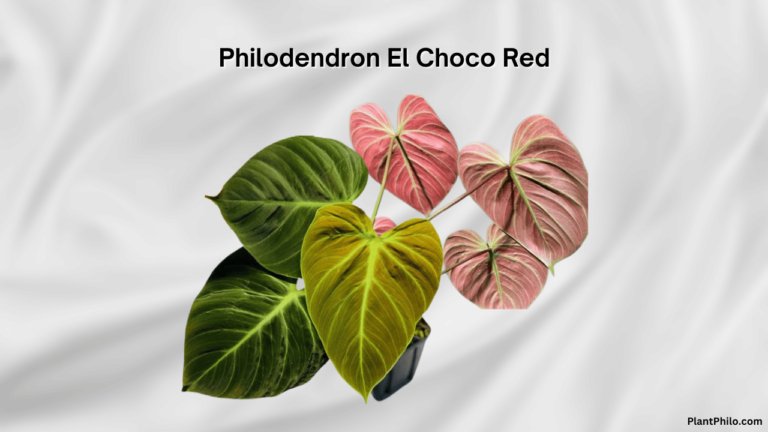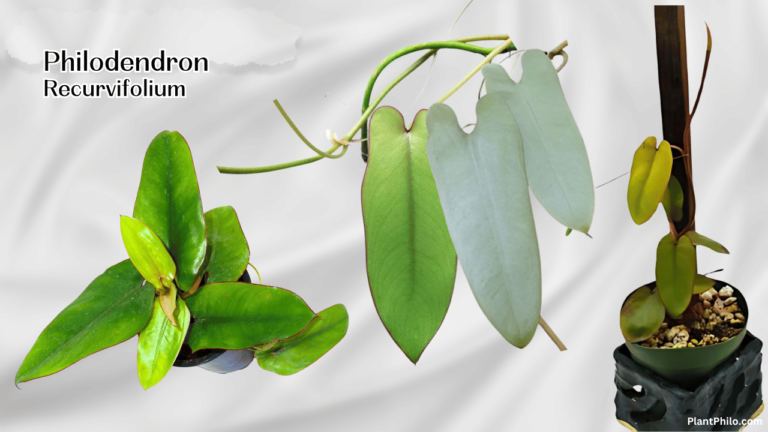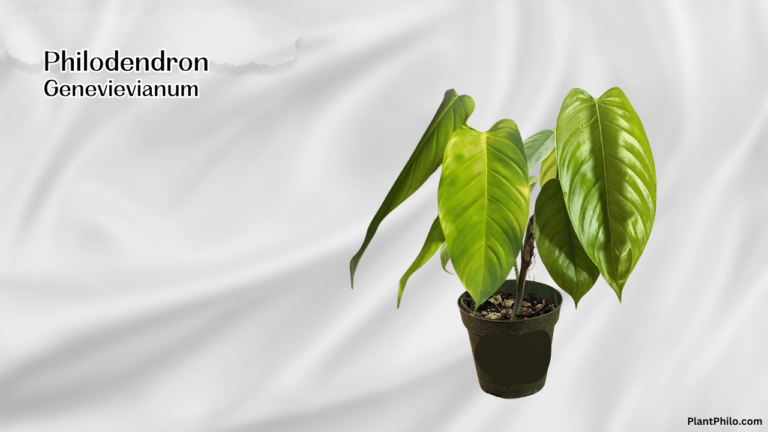Dark Lord Juvenile: Understanding the Rise of Young Antagonists in Modern Fiction
When I first saw a juvenile Dark Lord, I was surprised by how different it looks from its mature form. The young leaves often appear lighter and may show shades of orange, red, or green before developing the deep maroon and dark green colors that give the plant its name.
A juvenile Dark Lord is simply a young Philodendron Dark Lord that will change in color and shape as it matures.

I find that many people mistake these juvenile plants for a different species because their features are not as striking as the adult plant’s. As it grows, the foliage transforms and becomes more dramatic, which is why recognizing the signs of a true juvenile Dark Lord can be important for collectors and plant enthusiasts.
For example, the leaves transition from orange to red to rich green with a metallic maroon underside, showing off the plant’s unique appeal even at a young age.
Growing and caring for a juvenile Dark Lord can be a rewarding experience as you watch it develop over time.
For anyone interested in houseplants or rare philodendrons, understanding what to expect from the juvenile stage can help you get the most out of your plant care routine.
Overview of the Dark Lord Juvenile

The “Dark Lord Juvenile” concept blends classic villain archetypes with youthful characters. These figures are often shown struggling with power, identity, and morality, creating deep and interesting personalities.
Definition and Origin
When I talk about the “Dark Lord Juvenile,” I mean a young person who takes on the role of a dark or evil leader, often in stories or books for teens. This type of character sometimes gets their start because of magical accidents, fate, or powerful enemies.
In some cases, a well-known evil character is turned into a child, experiencing the world with a new perspective. A clear example appears in the novel Dark Lord: The Early Years, where a mighty warlord is placed in the body of a small boy.
This takes the classic “dark lord” idea and gives it a fresh twist by matching great power with a young, confused mind. The trend has grown over time, as more authors look for unique ways to explore the classic villain’s journey.
Notable Traits and Characteristics
The juvenile dark lord stands out because of their mix of childlike qualities and evil ambitions. Some common traits are:
Confusion about identity: They often haven’t figured out who they are.
Struggles with power: They may have strong abilities but lack the wisdom to use them well.
Conflict with adults: Adults may not trust or respect them.
Dark humor: Many show wit or sarcasm as a defense.
Readers are drawn to these characters because their flaws and mistakes make them relatable. The tension between innocence and evil creates both dramatic and sometimes funny moments.
In some cases, the character’s journey centers on learning right from wrong, rather than just seeking to rule or destroy.
Role in Modern Literature
The dark lord juvenile idea has become more popular in today’s books for young readers. It adds new angles to stories focused on good and evil.
Modern books often show these characters trying to regain their lost power, understand where they fit in, and build new relationships. For instance, Dark Lord: The Early Years features a villain who is forced to adjust to normal life as a child, dealing with school and friendships while still thinking like an evil warlord.
Writers sometimes use humor and irony to explore these themes, letting young readers see both the dangers and temptations of having power at a young age.
This character type lets authors tackle big questions about identity, morality, and change while keeping stories engaging and fast-paced.
Influence in Pop Culture

The image of the “dark lord” appears across many forms of entertainment aimed at younger audiences. These figures often serve as central antagonists and shape major themes in their stories.
Representation in Anime and Manga
In anime and manga, dark lords are typically powerful villains with complex motives. Characters like Lord Voldemort from “Harry Potter” and Sauron from “The Lord of the Rings” are often referenced or parodied, but Japan has created its own icons.
For example, Overlord’s Ainz Ooal Gown is both the main character and the overlord of an undead kingdom. He struggles with morality, which adds depth to his role as a dark lord.
In The Seven Deadly Sins, the Demon King controls an entire race and is feared for his overwhelming strength and cunning.
Here is a brief list of common traits among dark lords in anime and manga:
- Command over dark powers or minions
- Desire for domination or revenge
- Elaborate origins and tragic pasts
- Signature appearances, such as distinctive armor or magical symbols
These villains usually drive the story forward and provide a clear challenge for heroes.
Presence in Video Games
In video games, the dark lord archetype often appears as the main boss or final enemy. These characters are depicted as the ultimate threat and often have dramatic or cinematic introductions.
In classic games like The Legend of Zelda, the dark lord Ganon often threatens the world with destruction. He has become a symbol of power and evil across gaming.
In the Final Fantasy series, villains such as Sephiroth or Kefka blend magic, ambition, and mystery, setting the stage for memorable battles.
Some modern video games use dark lords in more creative ways. For example:
| Game Title | Dark Lord Character | Main Role |
|---|---|---|
| Overlord | The Overlord | Playable dark lord |
| Hollow Knight | The Radiance | Final boss presence |
| Diablo | Diablo | Title antagonist |
These characters help create dramatic tension and give players strong motivation to complete their quests.
They are also popular in fan culture, where fans discuss, draw, and even cosplay as their favorite dark lords.
For more details on how the dark lord figure appears in games and other media, the concept is well summed up in articles about dark lords in fiction.
Fandom and Community Engagement
Fans of “Dark Lord Juvenile” shape the series through their creativity and discussions. Many share their own ideas, interpretations, and works inspired by the story and its characters.
Fan Theories and Interpretations
“Dark Lord Juvenile” encourages fans to come up with their own theories about major plot points, character secrets, and future storylines. Online forums and social media allow people to post predictions or debate hidden meanings behind certain events.
Popular theories often focus on the true identity of the Dark Lord, motives behind the juvenile character’s actions, and the fate of supporting cast members. Readers sometimes back up these ideas with quotes from the books, timelines, or even character charts.
Key Fan Activities:
- Posting analysis threads on platforms like Reddit and Twitter
- Sharing favorite quotes and puzzle pieces
- Building timelines of in-universe events
These discussions keep the fandom active, encourage friendship, and help new readers dive deeper into the story.
Art and Cosplay
Art and cosplay are large parts of the “Dark Lord Juvenile” community. Fans share digital illustrations, comics, and even animations showing their own takes on scenes or characters.
Some artists focus on details like costume design, unique expressions, or alternate story versions.
Common Creative Works:
- Character portraits
- Comic strips
- Storyboard scenes
- Crossover artwork featuring other fandoms
Cosplay is popular during fan conventions and online meetups. Fans often design their own costumes, pose for photoshoots, and share detailed makeup tutorials to look like their favorite characters.
Cosplay Highlights:
- Costume-making guides
- Group photos in themed settings
- Virtual cosplay contests
By joining in with artwork and costumes, fans find ways to connect with others who love the series and show their personal vision of its world.
Frequently Asked Questions
Young readers often find the ‘Dark Lord’ character intriguing because of their unique traits and the challenges they present to protagonists. Their role in stories can shape the way children understand heroes, villains, and moral choices.
What are the typical characteristics of a ‘Dark Lord’ in juvenile fiction?
‘Dark Lords’ in juvenile fiction are usually depicted as powerful, mysterious, and sometimes misunderstood figures. They often have a commanding presence and seek control or power over others.
These characters are frequently set apart by their appearance, actions, or supernatural abilities.
How does the archetype of a ‘Dark Lord’ influence young readers in literature?
The ‘Dark Lord’ archetype introduces young readers to the ideas of good versus evil and moral complexity. These characters can encourage critical thinking about choices, consequences, and redemption, which are key lessons in many stories for younger audiences.
Which juvenile literature works feature a ‘Dark Lord’ as the antagonist?
Popular juvenile books such as the “Harry Potter” series and the “Percy Jackson” books include a ‘Dark Lord’ type character. These villains, like Voldemort in “Harry Potter,” create ongoing challenges for the main characters and drive the main conflict.
What are the common themes surrounding ‘Dark Lords’ in juvenile fantasy novels?
Themes like the struggle between good and evil, the corruption of power, and the importance of friendship and bravery often appear around ‘Dark Lord’ figures. These themes help young readers explore complex ideas in a safe and imaginative way.
How do authors develop the ‘Dark Lord’ concept to appeal to a younger audience?
Authors often reduce graphic violence and use more layered motivations for their ‘Dark Lord’ characters in books for kids. They might give these antagonists a mysterious or even tragic past, making them more interesting and relatable to younger readers.
What narrative techniques are used to portray ‘Dark Lords’ in juvenile literary works?
Writers might use foreshadowing, shifting points of view, and vivid descriptions to present ‘Dark Lords.’ Dialogue and the reactions of other characters also highlight the threat these villains pose, helping to build tension and keep young readers engaged.




